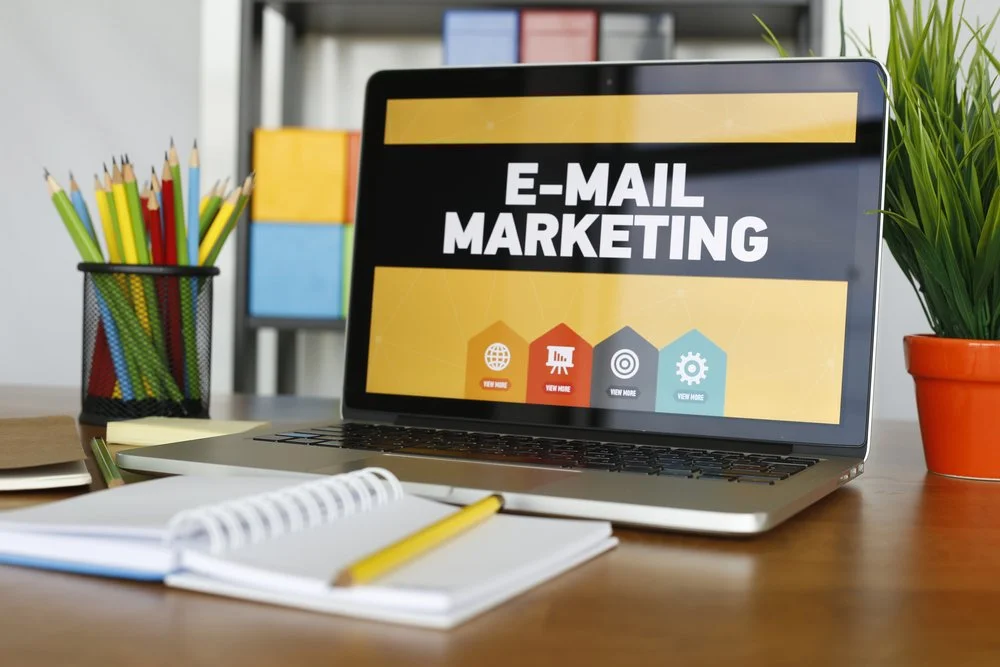The Cost of Email Marketing: What Should Businesses Expect to Pay Monthly?
In today's digital landscape, businesses are constantly seeking effective and efficient ways to promote their products and services. Email marketing has emerged as a popular choice, allowing companies to directly reach their target audience and nurture relationships. However, like any marketing strategy, email marketing comes with costs. In this blog post, we will explore the various factors that determine the expenses associated with email marketing and help businesses understand what they should expect to pay on a monthly basis.
1. Email Service Provider (ESP) Fees:
One of the primary costs of email marketing is the fee charged by Email Service Providers (ESPs). These platforms offer a range of features, such as email campaign management, automation, list management, analytics, and more. The cost of an ESP can vary significantly depending on the provider and the level of service required. Generally, ESP fees are based on factors like the number of subscribers, the volume of emails sent, and the features needed. Prices can range from as low as $10 per month for basic plans to several hundred or even thousands of dollars for enterprise-level solutions.
2. List Building and Management:
Building a robust and engaged email list is crucial for the success of any email marketing campaign. However, growing and managing a quality list requires time, effort, and sometimes financial investments. Businesses may choose to use lead generation tools, social media ads, content marketing, or other strategies to attract subscribers. Additionally, maintaining a clean and updated list may require the use of list management tools or services. The costs associated with list building and management can vary based on the specific strategies employed and the scale of the campaign.
3. Email Template Design:
Creating visually appealing and professional email templates is essential to capture the attention of recipients and deliver a consistent brand experience. While some ESPs provide basic template options, many businesses prefer custom-designed templates that align with their branding. The cost of email template design depends on factors such as complexity, design elements, responsiveness, and the expertise of the designer. Prices can range from $50 for a simple template to several hundred dollars for a more intricate design.
3. Video Dominance and the Rise of Short-Form Content
Video content continues to dominate the social media landscape in 2023, with platforms prioritizing video features and formats. Short-form content, such as Stories, Reels, and TikTok-style videos, has witnessed exponential growth and captured user attention. Marketers should embrace this trend and adapt their content strategies accordingly. Crafting compelling, bite-sized videos that communicate key messages quickly and creatively is vital for capturing and retaining audience interest. Integrating user-generated content and leveraging influencer partnerships can further amplify the reach and engagement of your video campaigns.
4. Privacy and Data Protection
In light of privacy concerns and data breaches, social media platforms are prioritizing user privacy and data protection. Stricter regulations and enhanced transparency measures are being implemented to rebuild trust with users. As a marketer, it is crucial to navigate this changing landscape with integrity and respect for user privacy. Being transparent about data usage, obtaining consent, and ensuring compliance with privacy regulations will not only protect your brand's reputation but also foster trust and loyalty among your audience.
5. Social Commerce and Influencer Marketing
Social media platforms have evolved into robust e-commerce ecosystems, blurring the lines between discovery, inspiration, and purchasing. Integrated shopping features, such as shoppable posts and in-app checkout options, are transforming social media into a powerful sales channel. Additionally, influencer marketing continues to play a pivotal role in driving consumer behavior and brand advocacy. Collaborating with influencers who align with your brand values and resonate with your target audience can amplify your reach and drive conversions. By leveraging social commerce and influencer marketing, marketers can tap into the seamless customer journey offered by social media platforms and drive measurable business results.
In Conclusion:
As the social media landscape evolves in 2023, marketers must embrace these changes and adapt their strategies to remain relevant and effective. The rise of micro-communities, the integration of AR, the dominance of video content, the focus on privacy, and the fusion of social media and e-commerce present both challenges and opportunities for marketers. By understanding these shifts and leveraging the right strategies, marketers can connect with their target audience authentically, drive engagement, and achieve tangible business results in this ever-changing social media landscape. Stay informed, be adaptable, and embrace the evolution of social media to stay ahead of the game.

